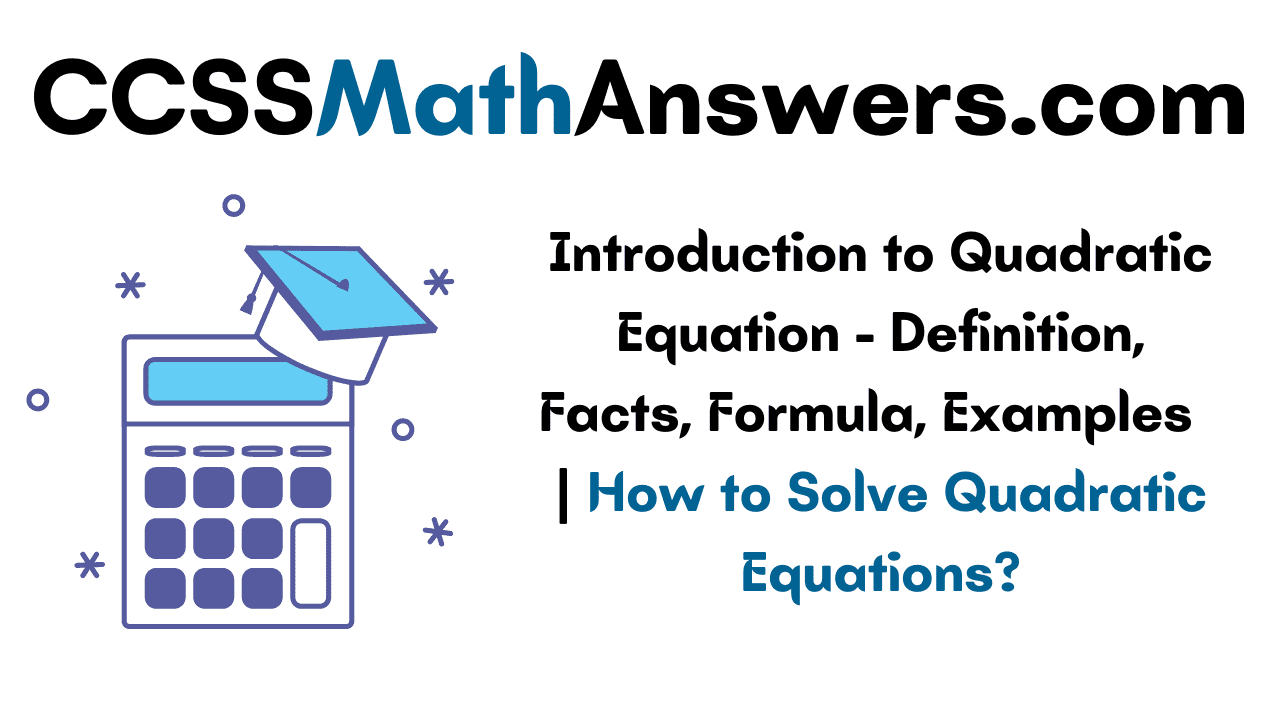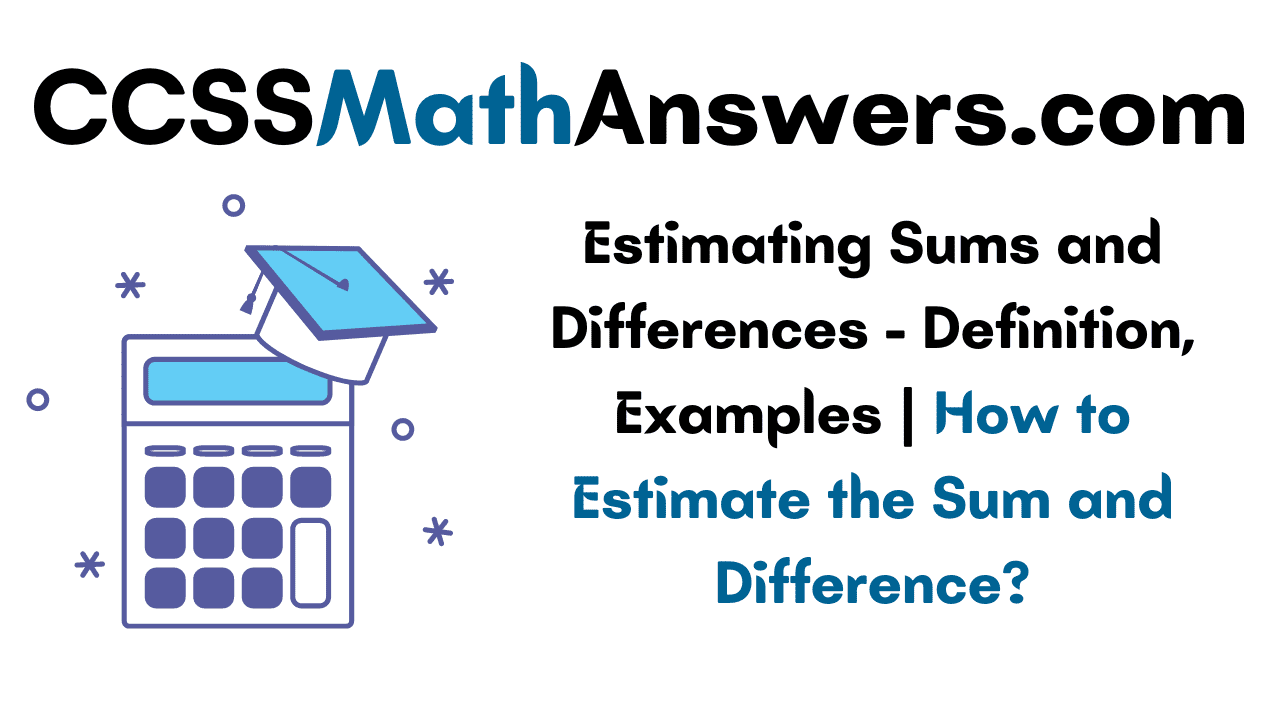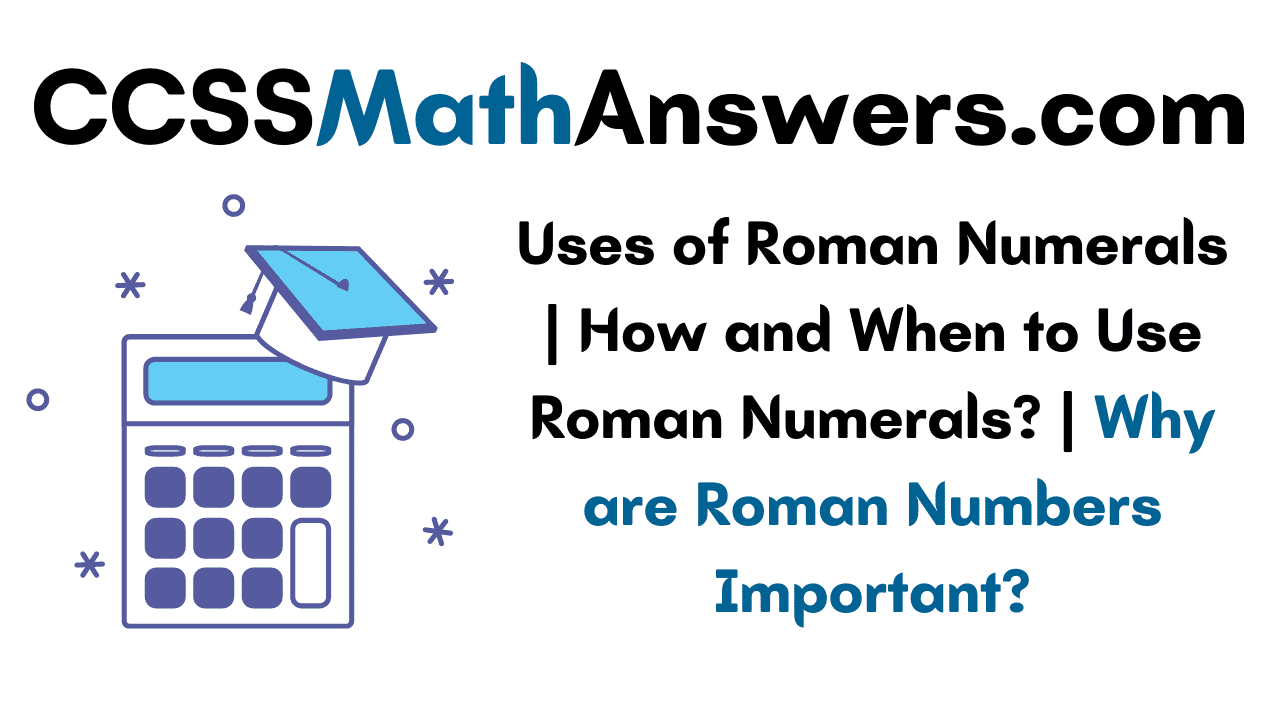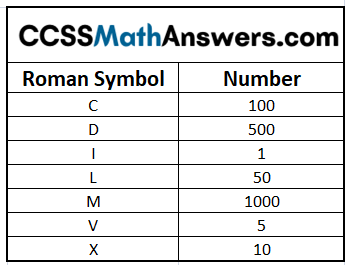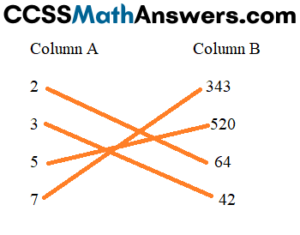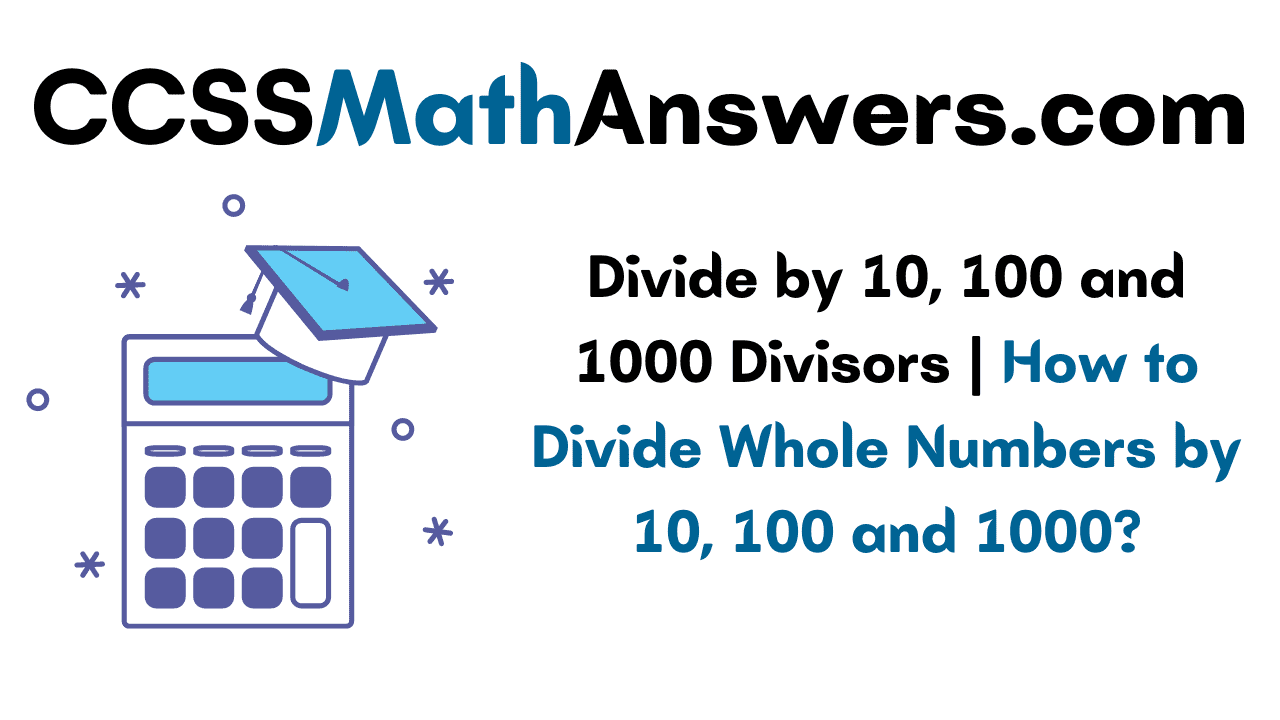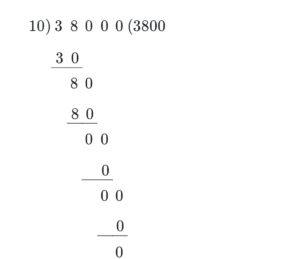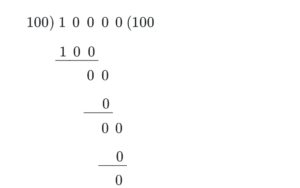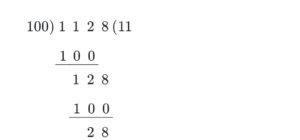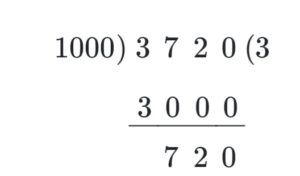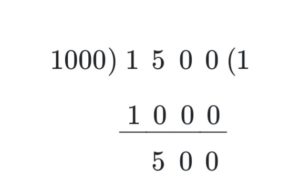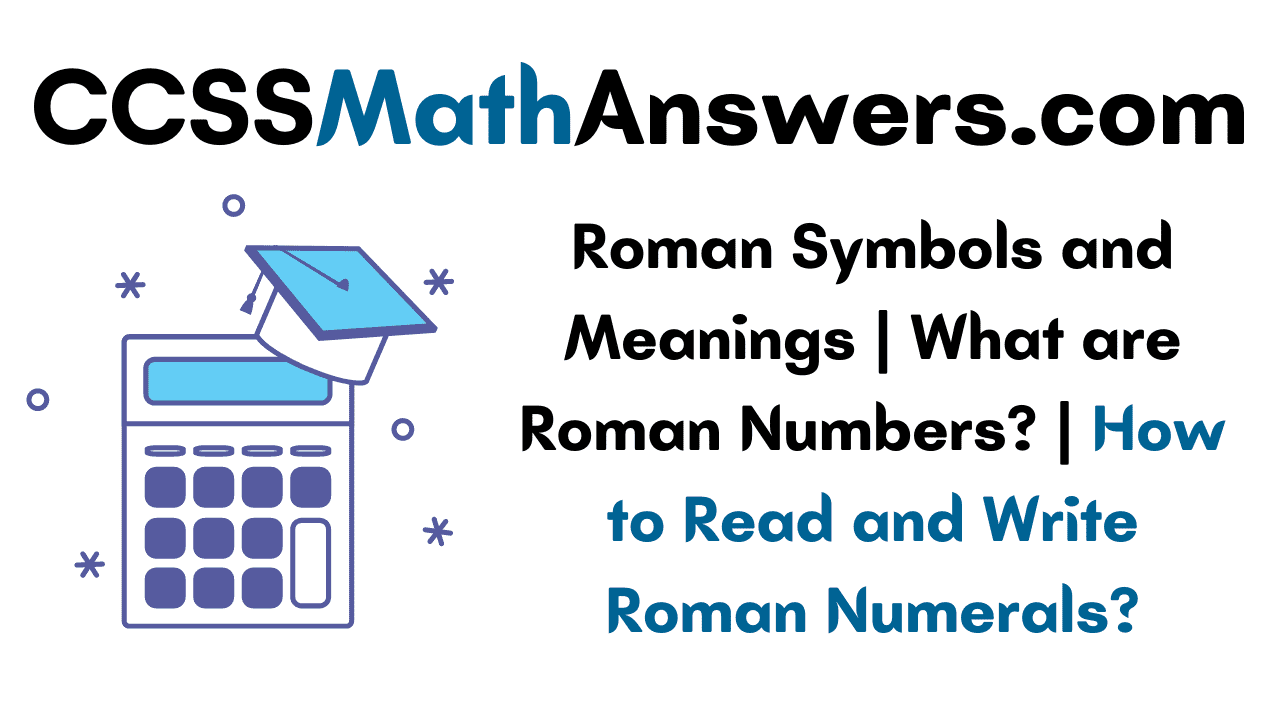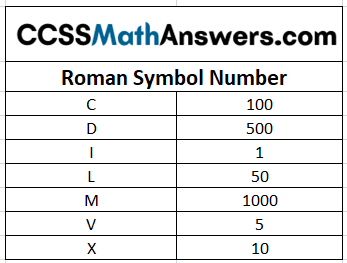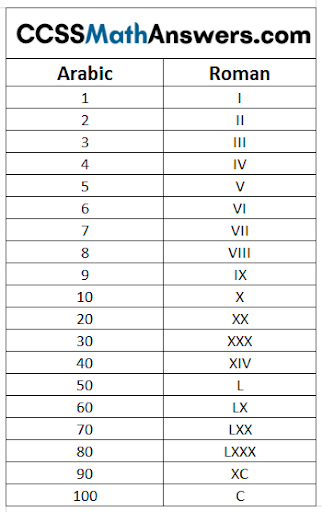The Indian Numbering System is used in India to express large numbers. The terms like hundreds, thousands, lakhs, crores are the most commonly used terms to express the large numbers in Indian English. The zeroth power of 10 is 1, 10 power 1 is 10, 10 power of 2 is 100, the next powers of ten are called thousand, ten thousand, lakh, ten lakhs, crore.
Whereas in the Western System the next powers of ten are called one hundred thousand, one million, ten million, one hundred million, and so on. Get the solutions to the problems to calculate as per the Indian System or Indian Standard Number System.
Also, refer:
What is Indian Numbering System?
The Indian Numeral System is also known as Hindu-Arabic Numeral System. Indian Number System is a mathematical notation for expressing numbers, symbols, and digits or place values. In Arabic Number System or Hindu Number System ten symbols 0, 1, 2, 3, 4, 5, 6, 7, 8, 9 are used to write the numbers called digits. The Indian Numbering System groups the rightmost three digits together until hundreds place and then groups them by sets of two digits.
Indian Numbering System Chart
The Number System is a way to express or represent numbers. There are different place values like one’s place, tens place, hundreds place, thousands place, ten thousand places, lakhs place, and so on. In the Indian Number System separators or commas are used to identify the place values in the numbers. Know the way to express the large numbers in detail from this page.
| Period |
Place Values |
Unit Digits |
Number of Digits |
| Tens |
Ones |
1 |
1 |
| Tens |
10 |
2 |
| Hundreds |
100 |
3 |
| Thousands |
Thousands |
1000 |
4 |
| Ten Thousands |
10000 |
5 |
| Lakhs |
Lakhs |
100000 |
6 |
| Ten Lakhs |
1000000 |
7 |
| Crores |
Crores |
10000000 |
8 |
| Ten Crores |
100000000 |
9 |
Indian Number System Vs International Number System
The main difference between the Indian and International numeral systems is the placement of the separator. In the Indian System of Numeration, lakhs are written after thousands whereas in the International Numeral System millions are written after thousands.
100 thousand = 1 lakh
1 million = 10 lakhs
10 millions = 1 crore
100 millions = 10 crores |
Placement of Commas in Indian Number System
In the Indian Number System, we use commas or separators to mark different periods. Commas help using reading and writing large numbers. According to the Indian Numbering System, the first comma is placed after the hundreds place, the second comma is placed after thousands period, the third comma is placed after the lakhs period, continue to place the commas after every two digits.
Example: Using Hindu-Arabic Numeral System read the number 1053671.
Solution: We can read the number 1053671 by placing the commas 10,53,671.
The word form is Ten Lakhs Fifty Three Thousand Six Hundred and Seventy One.
Indian Number System in Words | How to Write Number Names in Indian Number System?
Indian Number System in Words helps to read large numbers easily. Read the values according to the place values and commas. Neglect zero while read the number in word form. Go through the examples given below to get an idea about how to Write Number Names in Hindu-Arabic Number System.
Example: 999999
Solution:
First, we have to separate the numbers by using commas.
9,99,999
Word sentence for 9,99,999 is Nine Laks Ninety Nine Thousand Nine Hundred and Ninety Nine.
Do Check Similar Articles:
Indian System of Numeration Examples
Example 1.
Write the place values for 10987654?
Solution:
In the number 10987654, the place value of each digit is
4 – units place
5 – tens place
6 – hundreds place
7 – thousands place
8 – ten thousands place
9 – lakhs place
0 – ten lakhs place
1 – crore place
1,09,87,654
Example 2.
Rewrite the number 18659 in Indian Numeral System?
Solution:
Use separators or commas to write the given number in the Indian Numeral System
18659 – 18,659
Example 3.
How do you write 6 lakhs 50 thousand in the Indian Number System?
Solution:
The method to writing 6 lakhs 50 thousand in Indian Number System is 6, 50, 000
Example 4.
How to write 100 hundred in Indian Numeral System?
Solution:
The method to write 100 hundred in Indian Numeral System 1,00, 000 (1 lakh)
Example 5.
How do you write 10 million in Indian Numeral System?
Solution:
10 Million can be written as 1,00,00,000
FAQs on Indian Numbering System
1. How do you write numbers in the Indian and International System?
In the international numbering system, millions are written after thousands while in the Indian system, lakhs are written after thousands
2. What do you mean by the Indian Number System?
The Indian numbering system corresponds to the Western system for the zeroth through the fourth powers of ten.
3. What is the difference between the Indian and International Numeral System?
The main difference between the Indian and International numeral system is the placement of commas
